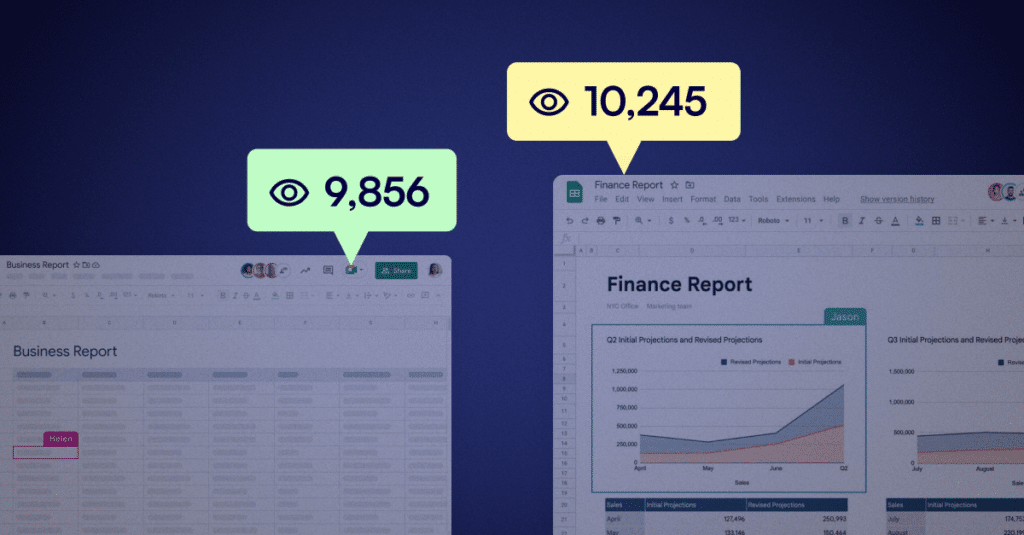The Airfleet Debrief: Feature Snippet Optimization
Tim Parkin, President of Parkin Consulting, shares how to steal organic search traffic from your competitors through feature snippets.
The Airfleet Debrief is a series that challenges marketing experts to teach B2B marketers something they can use in 15 minutes or less. Tim Parkin, President of Parkin Consulting and Host of the Marketing Director Daily Podcast, shares how to steal organic search traffic from your competitors through feature snippets.
Watch the full video or keep scrolling for the writeup.
While it sounds harsh to position feature snippets as an opportunity to steal organic traffic, that’s precisely the goal of SEO. Tim said, “SEO is largely about stealing other people’s traffic, not about ranking for new things.” As marketers, our goal is to understand which questions our customers are asking and answer them before, or at the very least better than the competition.
But with the rise of AI and discussion around it replacing traditional search, should we focus on SEO as a viable strategy? Let’s get into it!
With the rise of AI, does search matter?
Two things are true today:
- Marketers are turning away from search engine optimization in anticipation of the take-over of AI and video-based searches.
- Human behavior changes slowly.
As Tim said, “Google is such a colloquial term. People are not going to change quickly. Some people think VR headsets are going to be the new thing. You’re not going to see a bunch of people walking around with headsets for at least the next five years. Google will be the same, so marketers should still take search seriously.”
However, Google’s algorithm is changing quickly. It continues to prioritize relevant, engaging content and no longer relies on keyword density to determine whether or not to rank an article. This means it’s less complicated to rank when questions are answered thoroughly and succinctly, but it is getting harder to “mail it in” as a content marketer.
What is a feature snippet?
A feature snippet is a segment of highlighted text that answers a commonly asked question and is displayed near the top of the search results. Feature snippets are most effective when they use statistics, spell out how to solve something with straightforward steps, and are worded like an entry in a dictionary.
Tim Parkin advises that a feature snippet should be formatted very simply with the question in bold and the related answer immediately after. There should be zero marketing “fluff.” Tim said, “You need to answer the question as quickly and succinctly as possible – like it was an encyclopedia entry. Use specific numbers, distances, and units. Cite research, percentages, statistics, and numbers. List the source of any specifics.”
Let’s use examples to illustrate his point. The wrong way to write a snippet would look like this:
How do I modify a Google Analytics report?
Use filters.
The first example would never be selected for a feature snippet. A better way to write that snippet would be:
How do I modify a Google Analytics report?
- Open the specific report you would like to modify
- Select the pencil icon to modify your report
- Add dimensions or metrics
- Modify filters
- Select which format to use
- Save your report
In addition to getting a prominent callout on Google’s search result page, feature snippets may draw traffic to a page that’s otherwise not ranked. It’s also possible to see a single article featured multiple times for different snippets.
Tim has found that adding an FAQ section to the bottom of a page or article is a fantastic way to answer multiple questions in a useful manner. This technique increases your odds of snagging one or more feature snippets.
How can I find feature snippets relevant to my brand?
Tim outlines a few approaches to identifying feature snippets in the video. These include:
- Talking to sales and customer success to better understand the questions customers are asking
- Cataloging questions asked on social media or in communities
- Reviewing peer review sites for questions like G2 or TrustRadius
- Searching SEO tools like Ahrefs or SEMRush for questions
- Reviewing competitor feature snippets in SEO tools
We’ve also seen companies use competitive search terms like “How does <Product X> compare to <Product Y>?” to great success.
Tim urges marketers not to discount a feature snippet if it’s already taken:
“Oftentimes, those sites are ranking unintentionally for featured snippets. They didn’t work hard to do that, which means you can write a better feature snippet, and you should. SEO is largely about stealing other people’s traffic, not about ranking for new things.”
It hit home that we should focus on our customers’ words and the problems they’re trying to solve rather than creating new categories or concentrating on internal terminology.
Tim says, “If you search for topics or keywords and you see answers on Reddit or Quora or other forums, it’s a good indication that people have questions and others are trying to answer those questions for them. It’s an opportunity for you to show up as a feature snippet because Google wants to give you a quick, concise answer rather than having you click around and explore Reddit or Quora or some forum.”
To summarize, keep your keyword research based on what your customers tell you and your answers snappy. We love this advice!












